Hello! The summer heat continues to be intense this year, so please take care of yourself. In the Sake Reference Room in the Sake Museum, the Summer Exhibition “Hello World! Sake & EXPO” is being held. So, in this issue, we introduce about National Industrial Exhibitions, and in the next issue in October, we would like to focus on the International Exhibitions.
The first expositions held in Japan was the first Kyoto Exposition in 1871, but the first government-led exposition held on a large scale was the National Industrial Exhibition. The first three exhibitions were held in Ueno Park in 1877,1881 and 1890, the fourth in Okazaki Park in Kyoto in 1895, and the fifth in Imamiya, Tennoji, Osaka in 1903.

-800x574.jpg)
Industrial and agricultural products and artworks from prefectures across Japan were gathered at the venue of the exposition. “Products of Greater Japan” is a set of nishiki-e by Utagawa Hiroshige Ⅲ depicting the production of products exhibited at the first National Industrial Exhibition. It depicts sake brewing and shipments as a specialty of Settsu Province. Also, in the exhibition, prizes were awarded for the best entries. Many sake brewers in Hyogo Prefecture, the main producer of sake since the Edo period (1603-1868), had received awards.

So, let’s see the venue. “Tips for Visiting Expositions” describes about the second exhibition. What we want you to notice is the wording on the drawing of the venue. This is rules in the venue for visitors. Article 1 states that a ticket must be purchased, with the price being about 200 yen on Saturdays, 1000 yen on Sundays, and 500 yen on other days. It is interesting to note that prices varied considerably depending on the day of the week, which gives us an insight into the lifestyle of the time. Article 2 states for visitors to follow the viewing rule. Article 3 states for visitors to leave their luggage at the luggage storage area outside the gate. Article 4 suggests a recommended route for sightseeing, and article 5 introduces the main building and other features.
Article 6, the final one suggests, “When you visit, keep in mind to use the experience as a reference for your own business.” And this is based on the purpose of the National Industrial Exhibitions. The Meiji government hoped that gathering outstanding products from across the country at the venue would spark innovation through cross-sector exchange and encourage producers in other regions to improve quality by referencing the exhibits. The sake brewers of Nada, including Hakushika, which won an award here, became a model for the rest of the country.

In this issue, we introduced about the National Industrial Exhibitions. Please read our issue about the International Exhibitions next month. We look forward to seeing you next month!


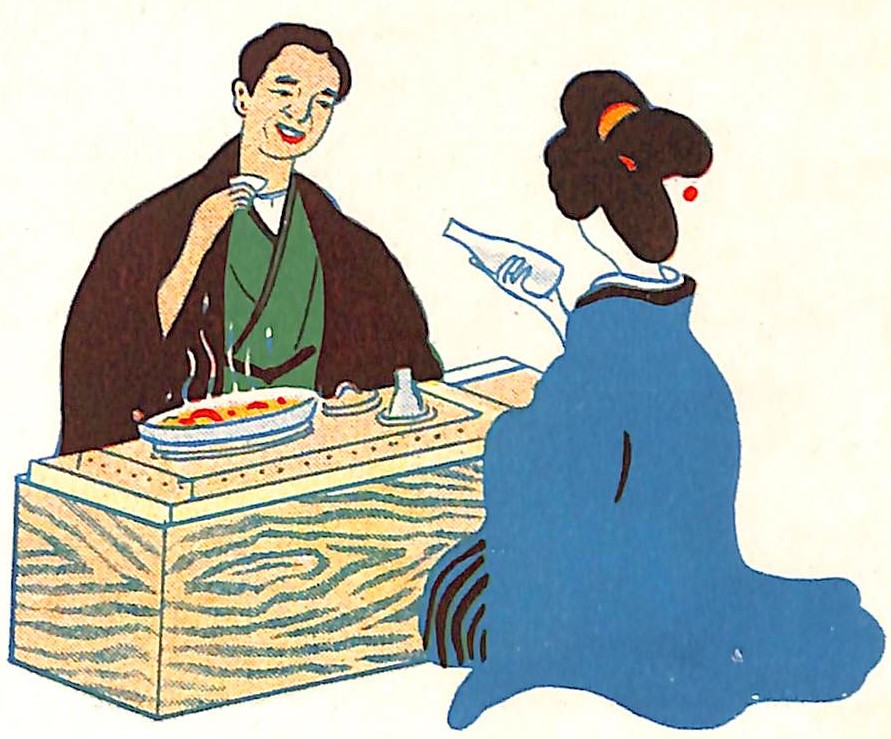

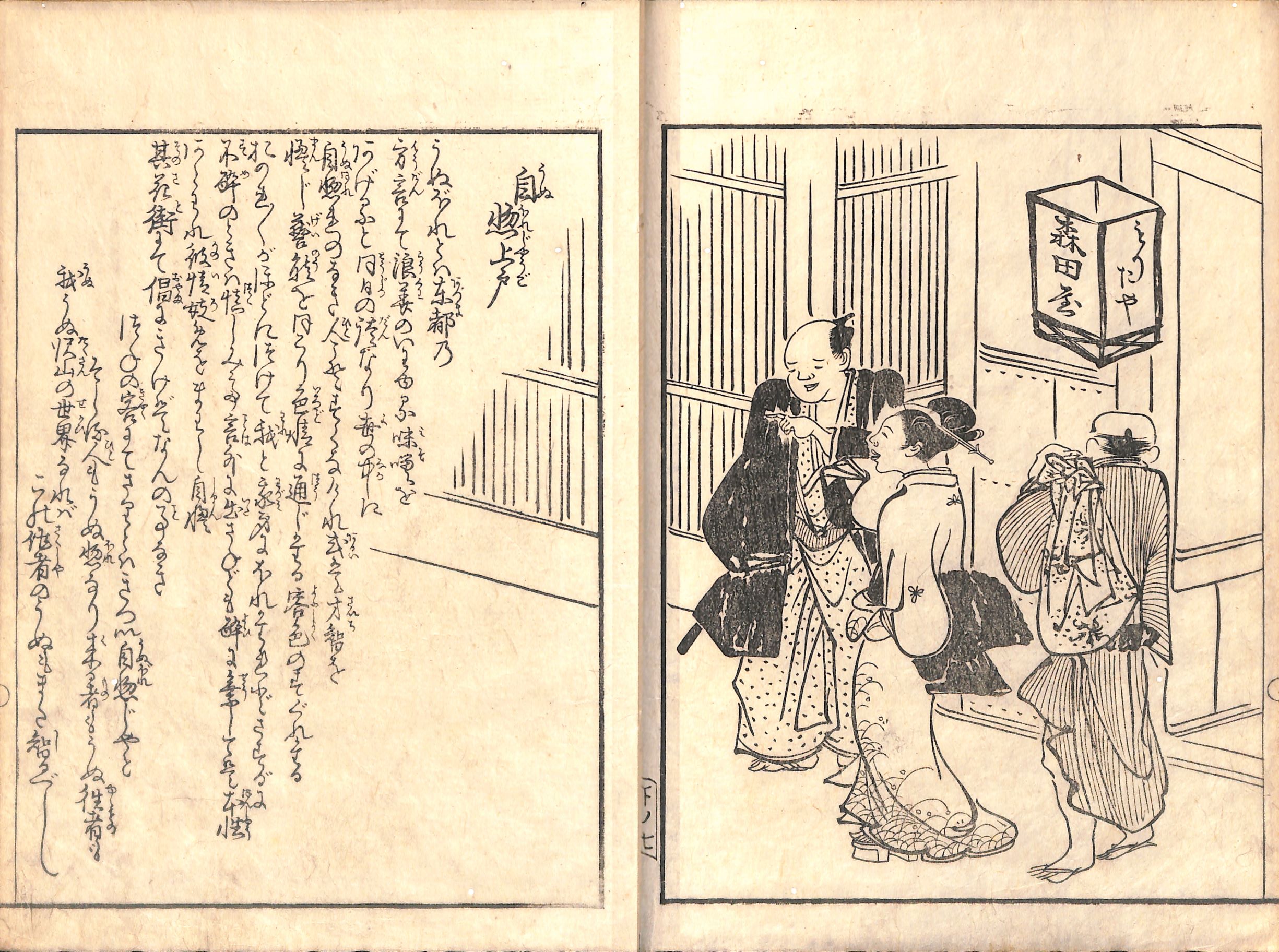
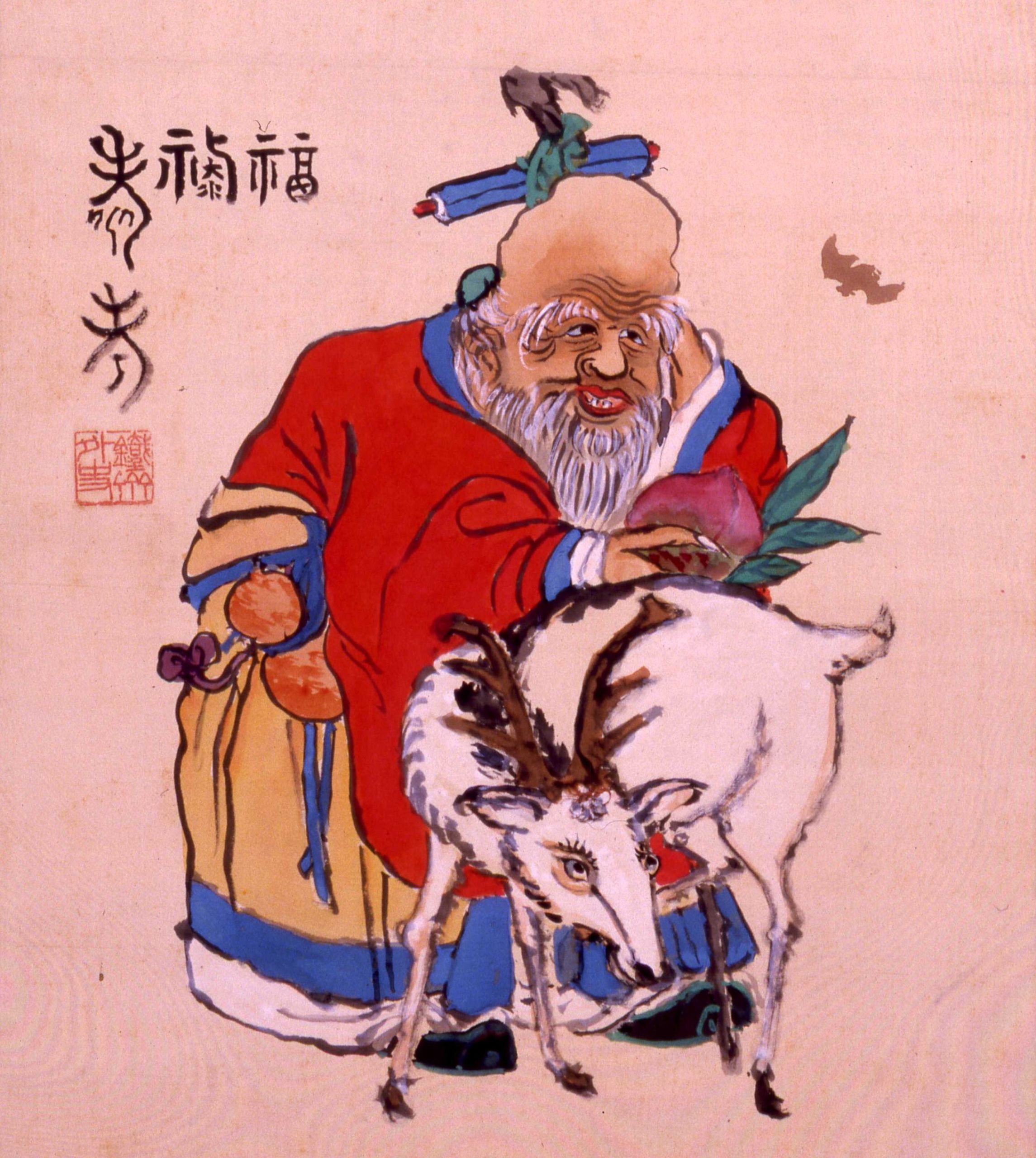
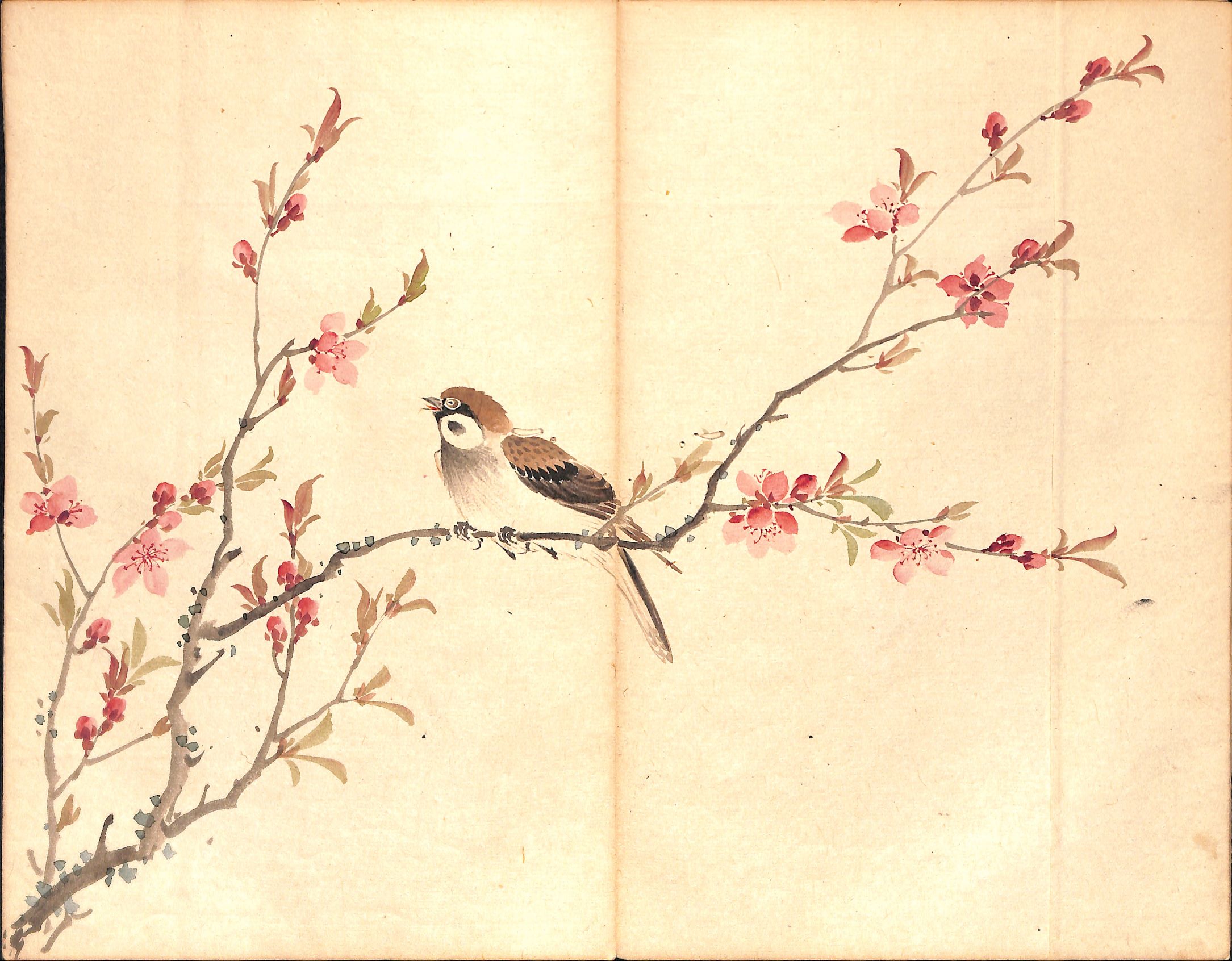



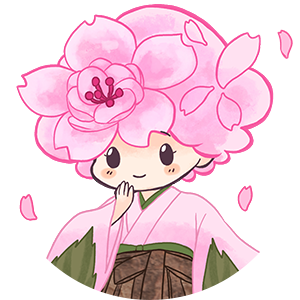
Controlling the temperature is crucial when warming sake!